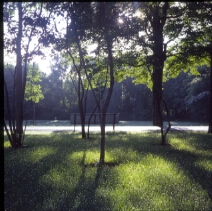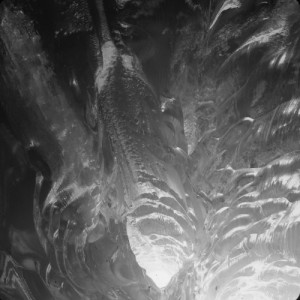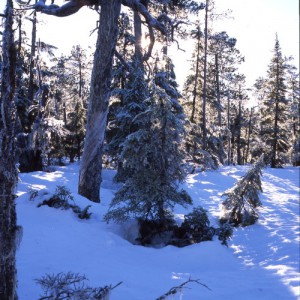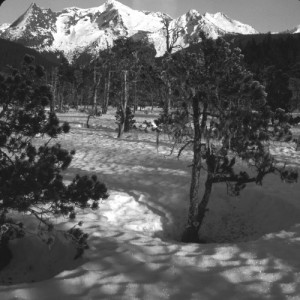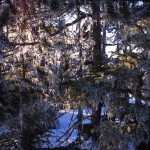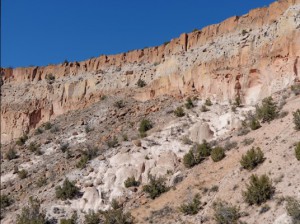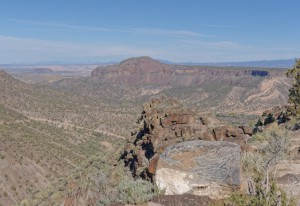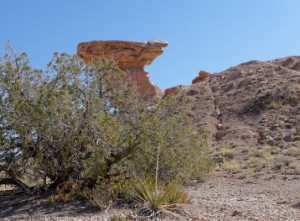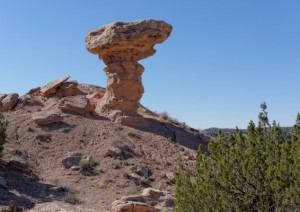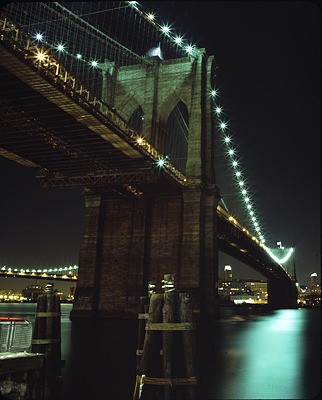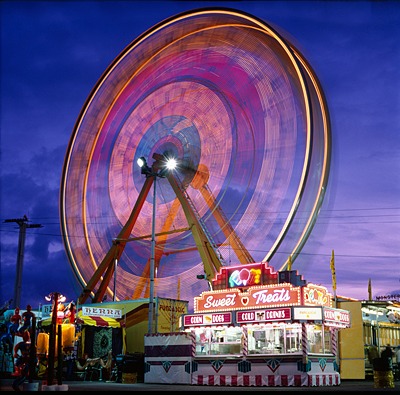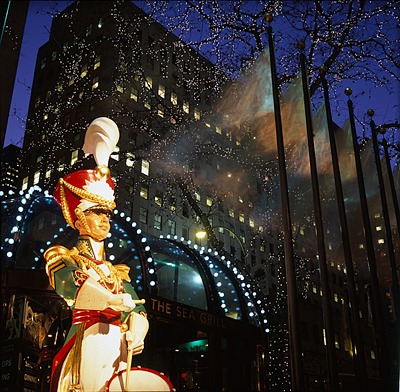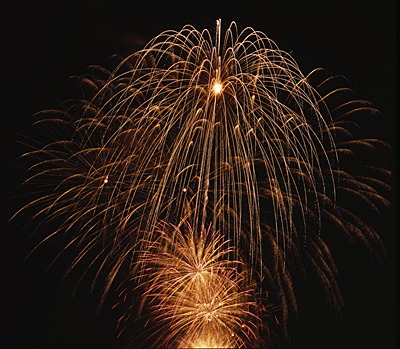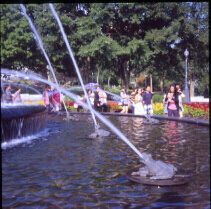
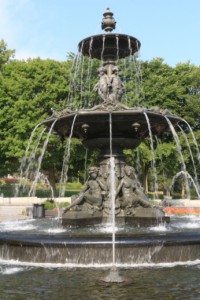 I tried several classically centred shots of the fountain, as with the photo on the right, but I was not satisfied. I then decided to emphasize the overlapping jets of water coming from the frogs’ mouths, which I hoped might be more interesting in stereo than the fountain itself. I waited some time to view the scene with tourists in the background and without, and decided to take the shot with tourists to give more “as it is” context. The Tourney Fountain was a gift of the Simons Family to commemorate Quebec City’s 400th anniversary in 2008, and has become a popular landmark in front of the parliament. The fountain is the creation of French sculptor Mathurin Moreau and was originally installed in Bordeaux, France in 1857.
I tried several classically centred shots of the fountain, as with the photo on the right, but I was not satisfied. I then decided to emphasize the overlapping jets of water coming from the frogs’ mouths, which I hoped might be more interesting in stereo than the fountain itself. I waited some time to view the scene with tourists in the background and without, and decided to take the shot with tourists to give more “as it is” context. The Tourney Fountain was a gift of the Simons Family to commemorate Quebec City’s 400th anniversary in 2008, and has become a popular landmark in front of the parliament. The fountain is the creation of French sculptor Mathurin Moreau and was originally installed in Bordeaux, France in 1857.
Original slide on Provia 400X taken with tripod-mounted Heidoscop at 1/80 second at f25 on August 12, 2014.
